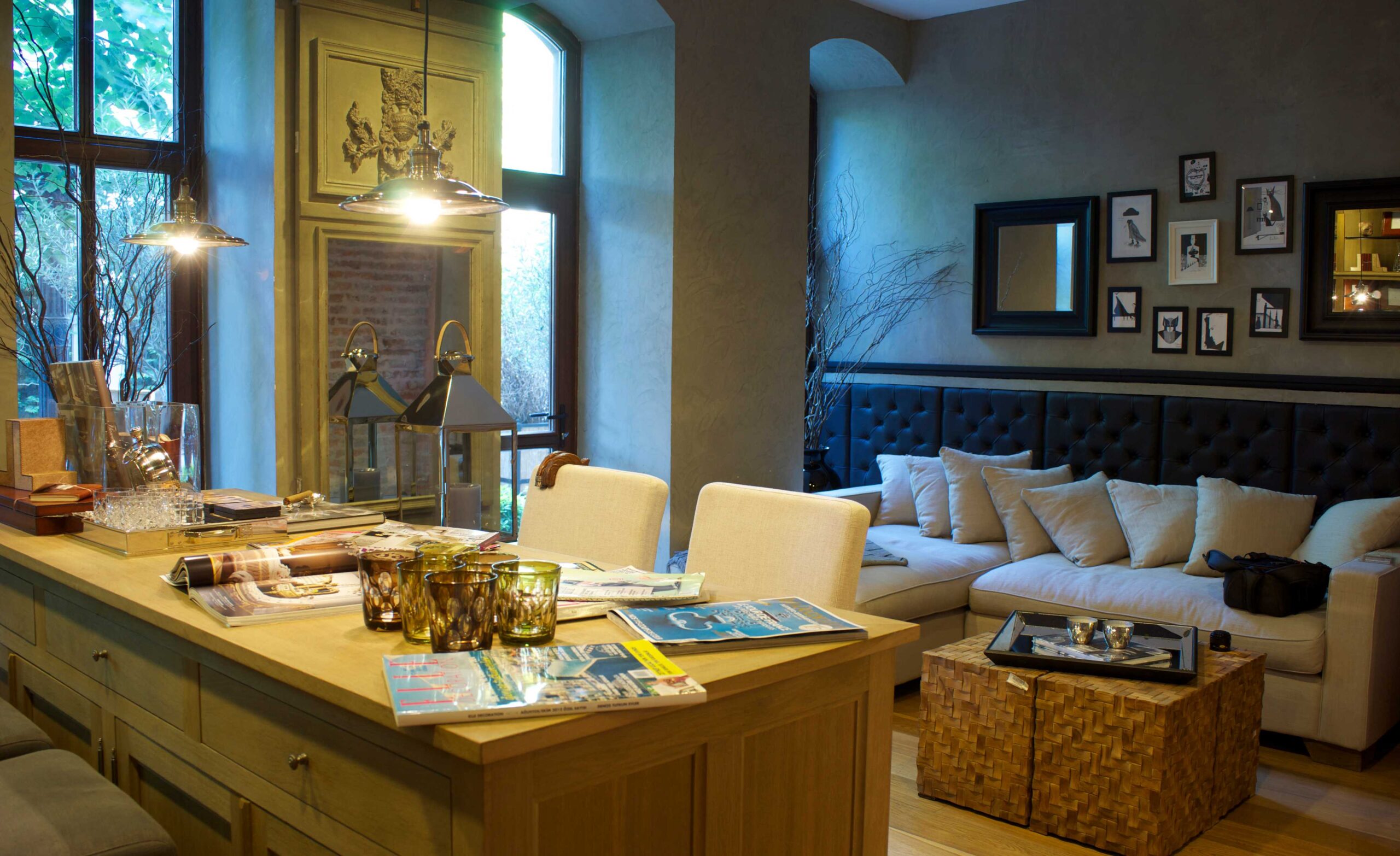
Italian Home Furniture: A Timeless Investment for Your Space
Introduction
Italian home furniture stands out for its elegance, craftsmanship, and timeless appeal. Whether you’re furnishing a modern apartment or a classic villa, incorporating Italian pieces can elevate your space and add enduring value. This article explores the myriad benefits of investing in Italian home furniture, discussing its unique characteristics, popular styles, and tips for integrating these pieces into various spaces.
The Essence of Italian Home Furniture
Craftsmanship and Quality
Italian furniture is renowned for its exceptional craftsmanship. Artisans dedicate countless hours to perfecting each piece, ensuring that every detail is meticulously crafted. From hand-carved wood to intricate inlays and high-quality finishes, Italian furniture epitomizes luxury and durability. This dedication to quality ensures that pieces not only look stunning but also stand the test of time.
Timeless Design
One of the most compelling aspects of Italian home furniture is its timeless design. Unlike trendy pieces that may quickly go out of style, Italian furniture often features classic lines and sophisticated aesthetics that remain relevant for decades. This timeless appeal makes Italian furniture a wise investment, as it can seamlessly blend with changing decor trends and personal tastes.
Popular Styles of Italian Furniture
Baroque
Baroque-style furniture is synonymous with opulence and grandeur. Characterized by ornate details, bold colors, and elaborate carvings, Baroque pieces can serve as stunning focal points in any room. While they are particularly well-suited for formal living rooms and dining areas, these pieces can also add a touch of luxury to bedrooms and entryways.
Neoclassical
Neoclassical furniture draws inspiration from the art and architecture of ancient Greece and Rome. This style is marked by clean lines, symmetry, and understated elegance. Neoclassical pieces are versatile and can complement both traditional and contemporary interiors, making them a popular choice for various settings.
Modern Italian
Modern Italian furniture combines sleek design with innovative materials and techniques. This style is perfect for those who appreciate minimalism and functionality without compromising on style. Modern Italian pieces often feature clean lines, neutral colors, and a mix of natural and industrial materials, making them ideal for contemporary homes.
Rustic Tuscan
Rustic Tuscan furniture exudes warmth and charm. Inspired by the countryside homes of Tuscany, this style incorporates natural materials like wood and stone, along with earthy colors and distressed finishes. Rustic Tuscan pieces are perfect for creating a cozy and inviting atmosphere in kitchens, dining rooms, and living areas.
Integrating Italian Furniture into Your Home
Living Room
The living room is often the centerpiece of a home, and Italian furniture can transform this space into a sophisticated and comfortable retreat. Consider a statement sofa with luxurious upholstery, complemented by elegant coffee tables and side tables. Adding a Baroque-style mirror or a Neoclassical chandelier can enhance the room’s overall aesthetic.
Dining Room
Italian dining furniture can make every meal feel like a special occasion. A beautifully crafted dining table, paired with stylish chairs, sets the tone for elegant dining experiences. Consider adding a rustic Tuscan sideboard for additional storage and display space, or a modern Italian buffet for a sleek, contemporary look.
Bedroom
The bedroom is a sanctuary, and Italian furniture can create a serene and luxurious atmosphere. A Neoclassical bed with a finely detailed headboard, complemented by matching nightstands and dressers, can make a cohesive and elegant look. For a touch of opulence, consider incorporating a Baroque-style vanity or a Tuscan-inspired armoire.
Home Office
A well-designed home office can boost productivity and inspire creativity. Modern Italian desks and chairs offer ergonomic comfort without sacrificing style. Incorporating storage solutions, such as bookcases and filing cabinets, in coordinating finishes can create a cohesive and functional workspace.
Choosing the Right Materials
Wood
Wood is a staple in Italian furniture, valued for its beauty and durability. Commonly used woods include walnut, oak, and cherry, each offering unique grain patterns and finishes. Hand-carved details and inlays are often used to enhance the natural beauty of the wood, making each piece a work of art.
Leather
Leather is frequently used in Italian furniture, particularly for upholstery. High-quality Italian leather is known for its softness, durability, and luxurious appearance. Leather furniture pieces, such as sofas, chairs, and ottomans, add a sophisticated touch to any room.
Marble
Marble is a popular material for Italian furniture, especially for tabletops and accents. Its natural veining and rich colors make it a stunning addition to both traditional and modern interiors. Marble is often used in combination with other materials, such as wood or metal, to create a harmonious and elegant look.
Working with a Building Materials Supplier
Finding Quality Materials
When investing in Italian home furniture, it’s essential to work with a reputable building materials supplier. A reliable supplier can provide high-quality materials that meet the stringent standards of Italian craftsmanship. Look for suppliers who offer a wide range of options, including various types of wood, leather, and marble, to ensure that you can find the perfect materials for your furniture pieces.
Customization Options
One of the benefits of working with a building materials supplier is the ability to customize your furniture. Whether you want a specific wood finish, a particular type of leather, or a unique marble pattern, a good supplier can help you achieve your vision. Customization allows you to create pieces that perfectly match your style and preferences, making your investment even more valuable.
Sustainability Considerations
Sustainability is an important consideration when choosing building materials. Look for suppliers who prioritize environmentally friendly practices, such as sourcing wood from sustainable forests and using eco-friendly finishes. By choosing sustainable materials, you can enjoy the beauty of Italian furniture while also supporting responsible and ethical practices.
Maintenance and Care
Regular Cleaning
Proper maintenance is essential to preserve the beauty and longevity of your Italian home furniture. Regular cleaning with appropriate products can help prevent damage and keep your pieces looking their best. For wood furniture, use a soft cloth and a gentle cleaner to remove dust and dirt. Leather pieces should be cleaned with a leather conditioner to maintain their softness and prevent cracking.
Avoiding Damage
To avoid damage to your Italian furniture, take precautions such as using coasters and placemats to protect surfaces from spills and scratches. Keep furniture away from direct sunlight and heat sources to prevent fading and warping. For marble pieces, use a sealant to protect the surface from stains and etching.
Professional Restoration
If your furniture becomes damaged or worn over time, professional restoration can help restore its original beauty. Skilled artisans can repair and refinish wood, reupholster leather, and restore marble surfaces. Regular maintenance and timely restoration can ensure that your Italian furniture remains a cherished part of your home for years to come.
Conclusion
Investing in Italian home furniture is a decision that offers both aesthetic and practical benefits. The timeless design, exceptional craftsmanship, and high-quality materials make Italian furniture a valuable addition to any home. By working with a reputable building materials supplier, you can ensure that your pieces are crafted to the highest standards and tailored to your personal preferences. With proper care and maintenance, your Italian furniture can continue to enhance your living space and provide enduring value for generations.


